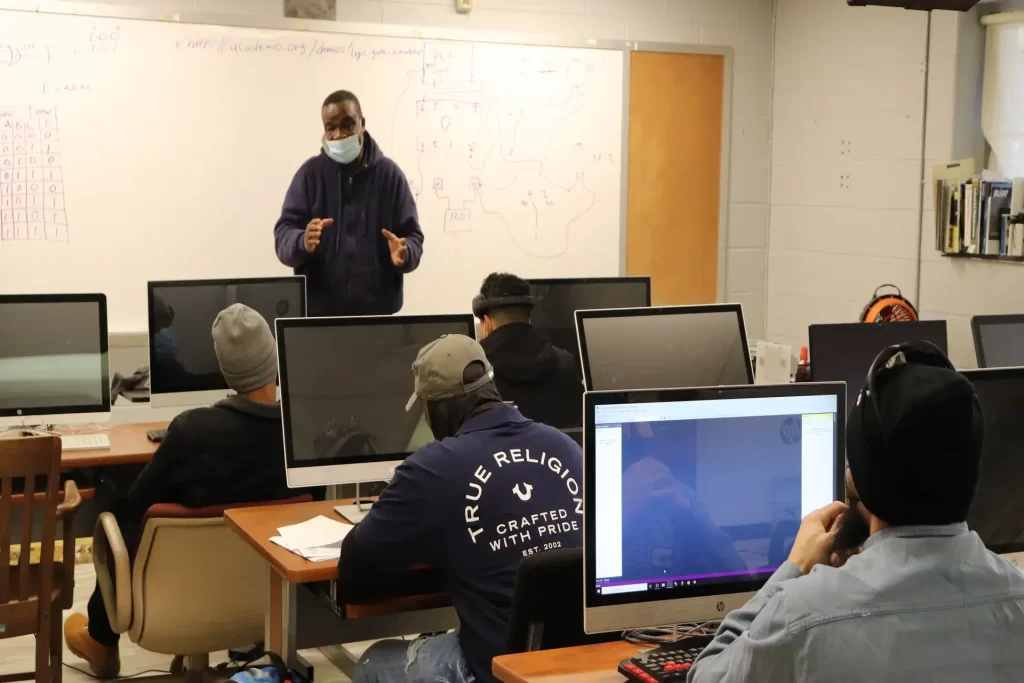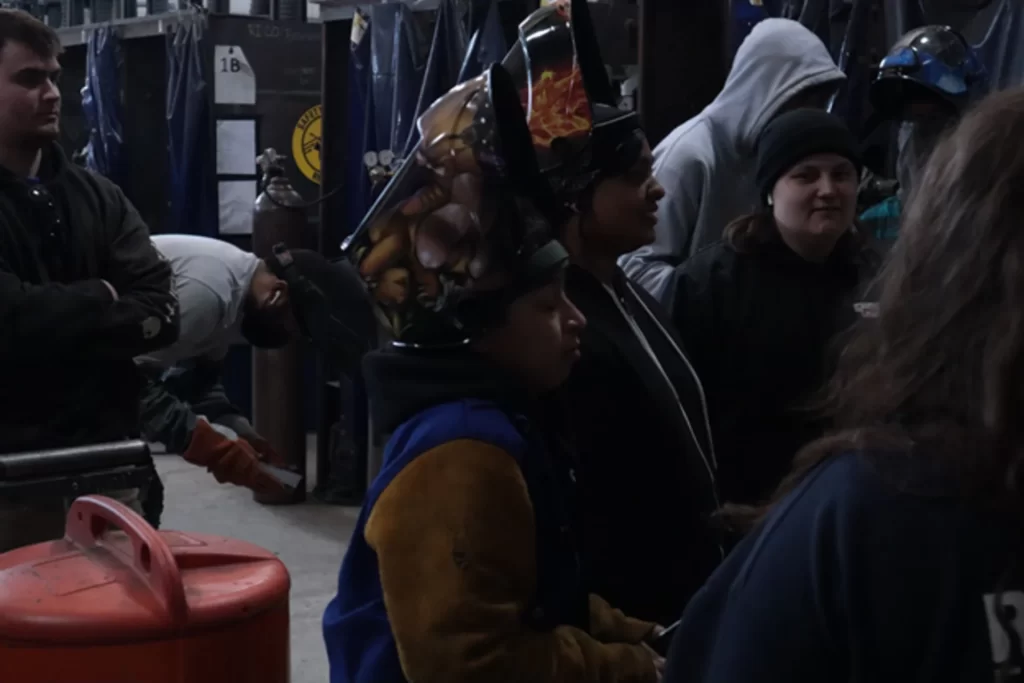Trades that need specialized education, training, and experience are known as skilled trades and are sometimes referred to as “blue-collar” employment. Plumbing, electrical work, carpentry, welding, and HVAC installation and maintenance are a few examples of skilled trades . These specialized trades are in great demand and play a crucial economic role. However, there remains a recurring problem that has to be addressed about the gender gap in specialized trades.
According to the U.S. Department of Labor, women made up just 2.7% of construction employees and 7.1% of workers in the transportation and utility sectors. Furthermore, women are underrepresented in other skilled professions, including plumbing, electrical work, and welding. This gender disparity has enormous economic ramifications and questions equity and social justice.
There are various reasons for the gender disparity in skilled trades. The lack of education and outreach to women and girls about the potential in these sectors is one of the main causes. Because of this, many women are unaware of the variety of skilled trade possibilities or the possibility of high-paying employment.
The career in trades are physically taxing and dominated by men, contributing to the gender gap. This misconception may deter women from choosing a job in the trades because they may feel excluded or fear harassment and discrimination.
The job’s physical demands, particularly in trades like welding and plumbing where heavy lifting and working in confined areas are frequently necessary, might be a barrier for women. Women may also be discouraged if there is a lack of access to amenities like restrooms and changing rooms.
The gender gap in skilled trades is also significantly influenced by bias and discrimination. As a result of workplace harassment and discrimination, women in these occupations may experience a hostile work environment and be deterred from continuing a career in these sectors.

Outreach and education are efficient strategies to enhance diversity in the skilled trades. This includes skilled career programs that educate girls and young women about the prospects in these sectors, the skills needed, and programs that specifically target them. females Build, for instance, provides seminars and summer camps that expose females to the building industry and other skilled industries.
Support and mentoring may be quite crucial in enticing women to seek careers in trade programs. Women are paired with seasoned professionals who can mentor and assist them in navigating the industry. Women in skilled trades can access mentoring and support programs thanks to organizations like Women in Trades.
Workplace policies and processes can help narrow the gender gap in apprenticeship programs. This entails implementing policies to eliminate discrimination and harassment and offering women the proper amenities, such as restrooms and changing areas.

Strategies for recruitment and retention can also aid in boosting diversity in the skilled professions. This entails concentrating recruitment efforts on women and other underrepresented groups and putting retention measures in place in order to ensure that women feel supported and appreciated in these industries.
Training in particular skills and certification are essential if the skilled trades are to grow more diversified. Giving women access to apprenticeships and skilled training programs that offer the skills required for these professions is part of this. Programs for certification and licensing can help people to increase their employment and income potential.
Effective Ways To Increase Diversity In Skilled Trades
The gender gap in skilled crafts, which is a severe issue for skilled trades, might contribute to the lack of diversity in opinions and ideas. However, a variety of attempts are being undertaken to enhance diversity in the business, including support networks, outreach programs, diverse hiring practises, education and training programs, and measures to transform workplace cultures. The elimination of the cultural stereotype that associates skilled crafts with masculinity and the development of a more inclusive and diverse industry depend on these measures.
Read More